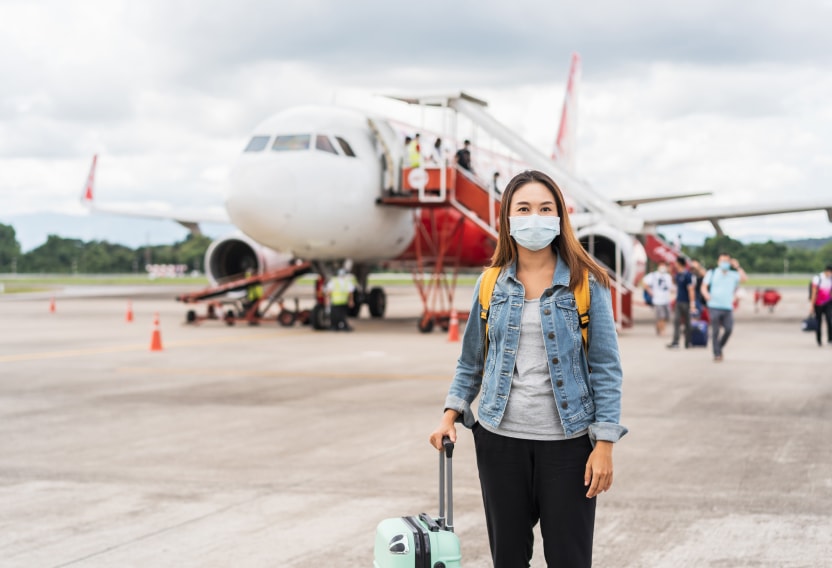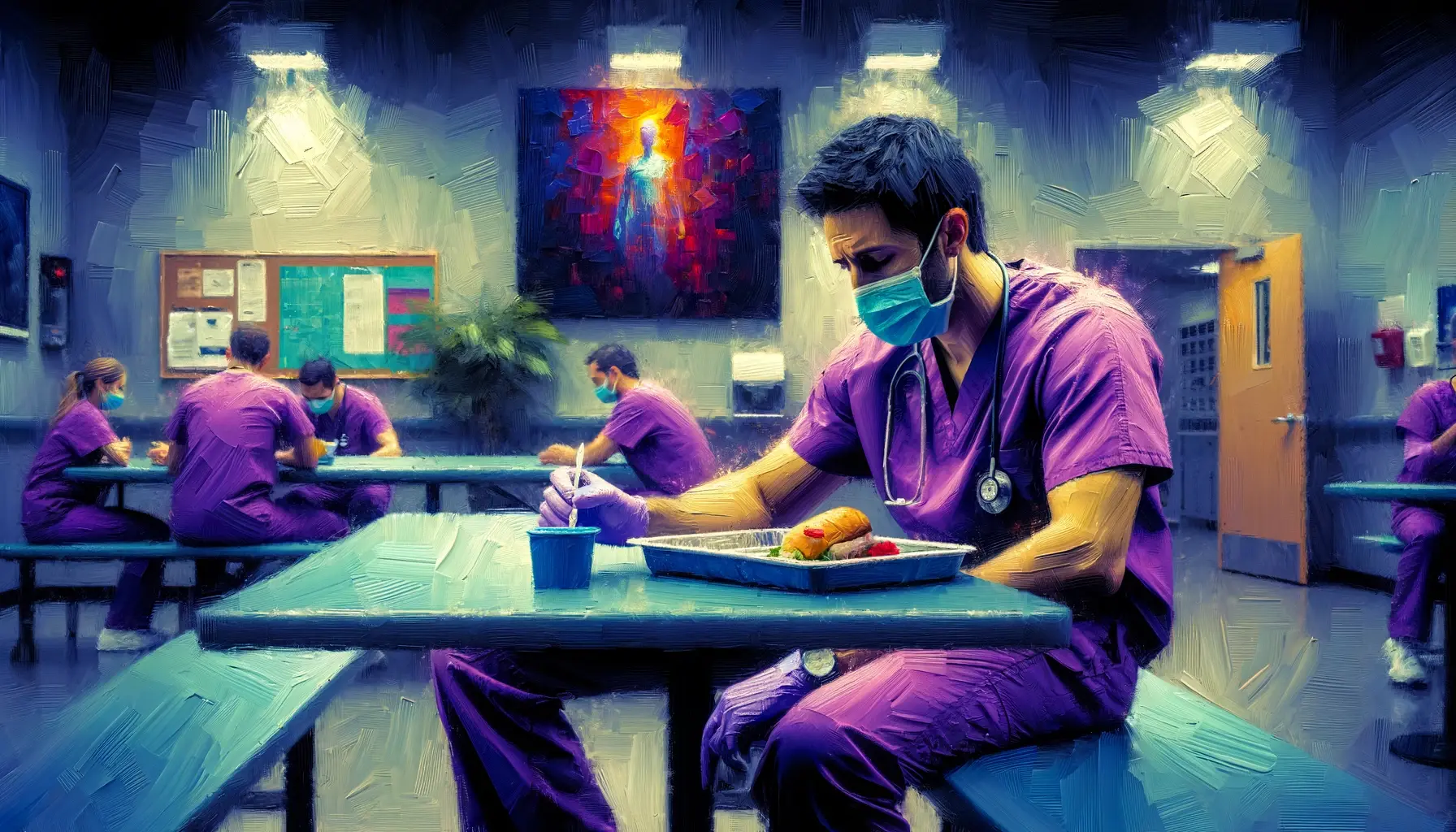At the time of this writing, there are 193,475 confirmed cases, 7,864 deaths, and 164 countries battling the COVID-19 outbreak, according to the World Health Organization. While millions of people choose to self-quarantine, practice social distancing, and stay home, healthcare workers remain at the forefront lines of defense against the virus. So far, dozens if not hundreds of healthcare workers have fallen ill with COVID-19, and more are quarantined after exposure to the virus, leaving the U.S. health system with an unexpected shortage of staff in hospitals.
How Healthcare Workers Are Keeping Up
When something like a virus outbreak turned pandemic occurs, the manuals of operations change on a daily if not on an hourly basis. The constant shift of recommendations from the CDC, hospital management, and the media can leave healthcare workers at a loss. Finding the right protocol in a situation that continues to evolve can be challenging for many hospitals. Let alone for conversations and best practices to trickle down to every healthcare worker in the facility.
Adjusting to the News
Due to the massive extent of the virus, with confirmed cases in all 50 states of the United States, the shortages of personal protective equipment is unavoidable. In response to this shortage, the CDC scaled back on its recommendations about PPE for personnel working with COVID-19 patients.
For example, the use of N95 respirators is now recommended to be reserved with procedures in which small particles are more likely to be produced, versus at all times. To deal with the shortage, the CDC is now recommending surgical masks as an alternative for N95 respirators. Other PPE, such as eye protection, gloves, and gowns, are still recommended.
The Quarantine Dilemma
Another issue both healthcare workers and hospitals are facing is the current quarantine protocol. So far, when a patient tests positive for COVID-19, large groups of staff members, including doctors, nurses, and administrative staff are placed on quarantine for at least 14 days before getting back to work. This is leaving hospitals short on staff to continue to address the situation.
Recently, the Berkshire Medical Center in Massachusetts quarantined 160 employees after exposure to patients who tested positive. This quarantine forced the center to find 54 temporary nurses to support the shortage of staff. Situations like this are happening all across the nation, leaving hospitals and healthcare personnel more vulnerable than ever before.
Besides, it’s not just those at hospitals and medical centers that are exposed. Caregivers outside hospitals and nursing homes are also vulnerable and exposed to risks.
Most healthcare workers understand the risk and have a call to stay in the front lines of defense against the outbreak. However, putting large staff groups in quarantine for 14 days after contact with COVID-19 patients is not a viable solution due to the shortage of staff happening allover.
Understanding the Risk
It’s essential to understand the occupation risk with COVID-19 and how to protect personnel that falls under each category. Here are some recommendations from the Occupational Safety and Health Administration (OSHA).
For Low Exposure Risk Workers
These are jobs that don’t require contact with people known to be or suspected of being infected with the virus. They don’t have close contact with the general public and other coworkers.
- Additional PPE is not required
- Other controls are not necessary. Workers should continue operations as usual
For Medium Exposure Risk Workers
Workers with high-frequency interaction with the general public. In this case, additional measurements need to be implemented to make sure they’re working in a safe environment.
- Install physical barriers, such as clear plastic sneeze guards, where feasible
- In addition to N95 respirators, workers with medium exposure risk need some combination of gloves, a gown, a face mask, and a face shield or goggles
For High and Very High Exposure Risk Workers
These are healthcare workers at the front lines of treating patients with confirmed COVID-19 cases. In this instance, making sure the optimal levels of security are in place is paramount to safeguard their wellbeing and health.
- Making sure they wear all PPE gear to prevent contamination
- Have standards in place for how to proceed if a worker tests positive for COVID-19
Protecting Yourself and Your Family
If you’re a healthcare provider working through the COVID-19 outbreak, your family’s safety is most likely one of your top priorities. Even as your workplace takes significant safety precautions, you’re still in a risky environment, which exposes your loved ones to the virus.
As you return home, make sure you:
- Thoroughly wash your hands before greeting your family
- Wash any clothes you’re wearing
- If you’re a medium to high-risk healthcare personnel, considering keeping distance with your family members
- Ensure your home remains clean and disinfected every day
- Recommend that they self-quarantine if possible to prevent exposure
While the situation continues to evolve, keep track of everything you can do to stay safe, and keep your loved ones safe as well. Remember, like many other pandemics, this too shall pass. Try to focus on self-care, attend your mental health, and do your best to manage your stress levels. Find support within your community and loved ones. Remind yourself of your value to society and bravery for being at the front lines of the situation and find comfort in the thought that you’re saving lives each day.
You can follow us on Facebook, Instagram and LinkedIn for updates!




